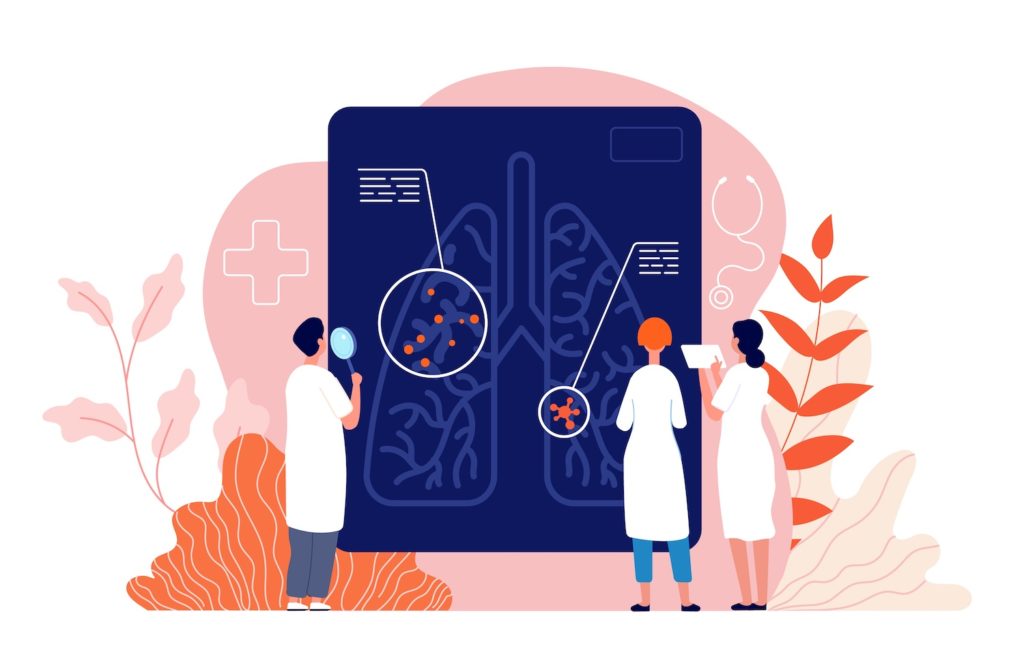COVID-19 Oxygen Needs Tracker Latest Initiative
World Pneumonia Day takes place every year on 12th November, as a child of the Stop Pneumonia Initiative in its quest to raise global awareness and action against this fatal killer, especially of children.
First established in 2009, and although it has two very creative and poignant logos and advocacy claims in Stop Pneumonia —whose logo features a world map inside or divided into the recreation of two lungs imitating the orange peel map made famous by John Paul Goode’s 1925 Homolosine— and Every Breath Counts, most scientific literature and organizations complain still today that “Pneumonia does not have an effective advocacy strategy. It is not the subject of fund-raising walks or runs. It does not have a ribbon or other symbol around which people rally. It does not get the attention it needs from biomedical scientists or from research funders. More effort is needed now,” as quoted in the American Thoracic Society’s website, for a quick sample.
Although not all of these affirmations hold water through and through, given Stop Pneumonia Initiative’s growing efforts throughout the years, the realities surrounding pneumonia and the best efforts to raise knowledge, awareness and resources are still met with myriad obstacles in the daily grind.
This year’s World Pneumonia Day falls square in the middle of COP 26, the UN Climate Change Conference, a superb setting where the best efforts were made to unite the health, air quality and climate community to rally and tackle the leading infectious killer on Earth. The very direct connection between climate change issues and pneumonia is air pollution, which is the foremost risk factor in death cases from pneumonia in all age groups. Almost 33% of all pneumonia casualties are due to polluted air, both household and outdoor.
As we all know by now, COVID-19 is the name of the infectious disease cause by SARS-CoV-2 virus, but the real culprit bringing patients to the doorstep of death and beyond are the linked respiratory illnesses, pneumonia pre-eminent among them. Although in wealthier countries, as is the case of the US, most cases of pneumonia end up with children and adults in hospital, it is still the number 1 cause of hospitalization in American children. However, worldwide it consistently claims the lives of 2.5 million annually. And during the COVID triennial we may need to add almost 2 more million to that tally on a yearly basis, a rise of almost 75%. Add to that disruptions in healthcare services and we get another 2.3 million deaths, of which 35% are directly attributed to pneumonia. It’s a true calamity!
One of the most positive initiatives in this sense, having started last year only, was the development of a COVID-19 Oxygen Needs Tracker. Since medical oxygen has been a longtime neglected element in worldwide health systems, this tool attempts to hit the nail in the head and advise about which areas have an inconsistent or negligible oxygen delivery, so action can always be taken where it is most needed. This issue was addressed and given steam by, among many others, Gargee Ghosh, President of Global Policy and Advocacy at the Bill & Melinda Gates Foundation. Entire country commitments in the fight against this plight include India and the DRC or Democratic Republic of Congo.
Please be sure to view and/or subscribe to the host of events, reports, videos, articles, press and video news releases, blogs, and podcasts that stoppneumonia.org features in its website for further information and recommended avenues of action and relief.
Sources:
https://stoppneumonia.org/latest/world-pneumonia-day/
https://www.thoracic.org/patients/patient-resources/resources/top-pneumonia-facts.pd


